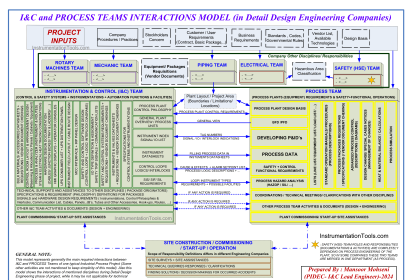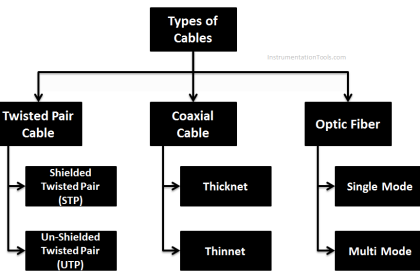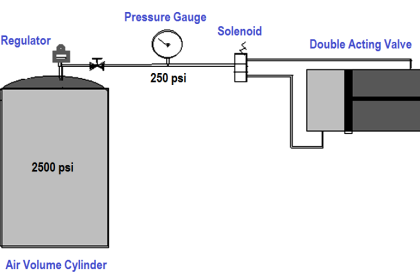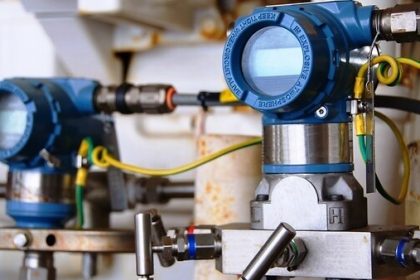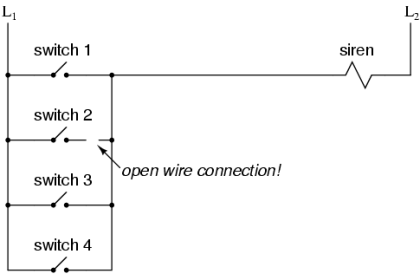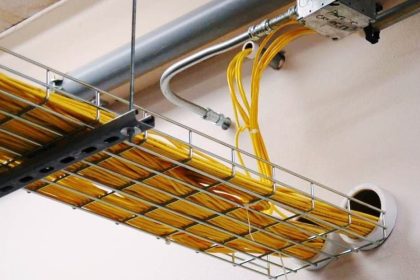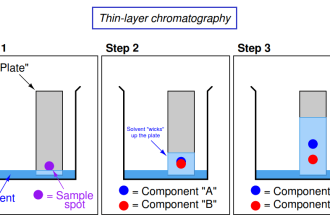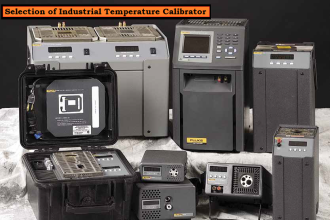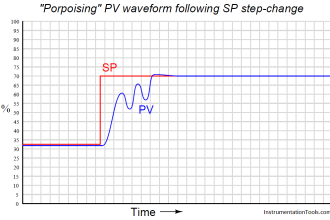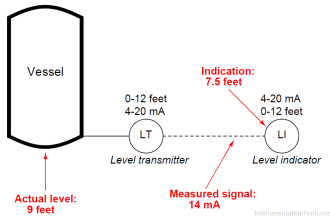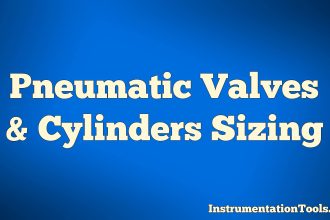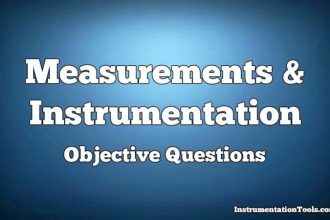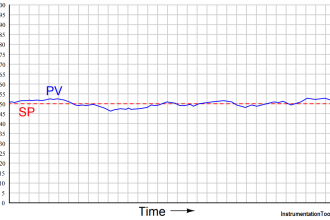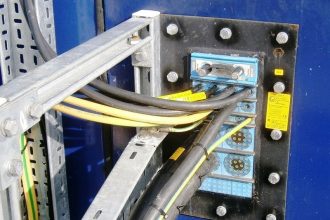Operating Conditions and Requirements on the Measuring Point
When a New Field Transmitter installation is being planned, measuring point / tapping point to be selected and certain requirements must be satisfied in order for the desired measuring effect to be realized. Shall the meter provide information by itself (for example through local indication) or support another function (for example as an actual value generator for a controller). The planner begins his preparations for the meter selection by considering the operating conditions. He raises questions regarding the measuring medium, the local conditions and the measured value presentation requirements.
The following keyword summary is considered as a selection aid:
Properties of the Measuring Medium:
– Gas, steam: dry, wet
– Liquids: gas and solids content, crystallizing component deposits, dust in gas
– Density
– Temperature, temperature variations, time relationships
– Viscosity
– Electrical conductivity, of the deposits
– Chemical aggressiveness, material selection
– Abrasion danger
Operating Conditions:
– Pipe nominal diameter
– Design of a channel, slopes, damming
– Pressure rating
– Flow rate, smallest, largest value: type of flow changes (step changes)
– Flow conditions: linear, turbulent flow velocity distribution, swirl, pulsation
– Bidirectional (forward and reverse)
– Static pressure, pressure shock, pressure drop permissible
Ambient Conditions:
– Ambient temperature
– Humidity effects, degree of protection
– Dust entry, degree of protection
– Vibration
– Pipeline construction upstream and downstream of the measuring point
– Explosion protection
– Power supply, cabling
– Electromagnetic and radio frequency interference
– Mounting options
Measured Value Presentation:
– Measuring accuracy
– Fixed, adjustable, internal, external measuring range
– Internal, external monitoring capabilities
– Local indication
– Totalization, integration
– Alarm signalling unit
– Standardized analog output, what value?
– Pulse output for remote totalization
– Communication, which type?
– PROFIBUS, FOUNDATION Fieldbus
– HART Protocol
– Explosion protection
– Calibratability
